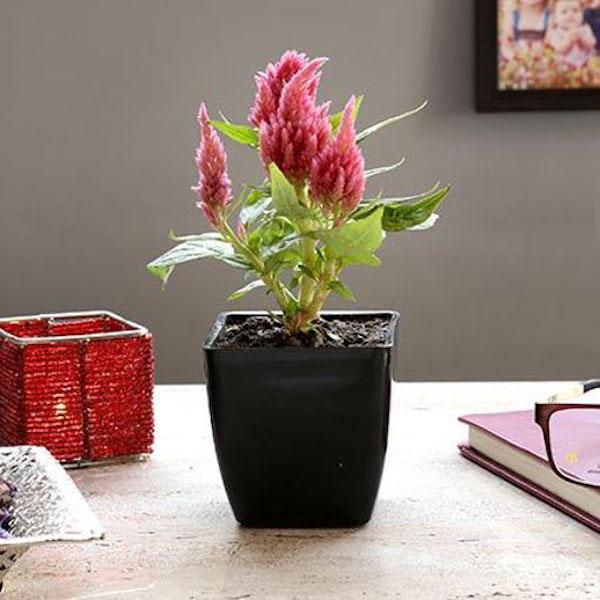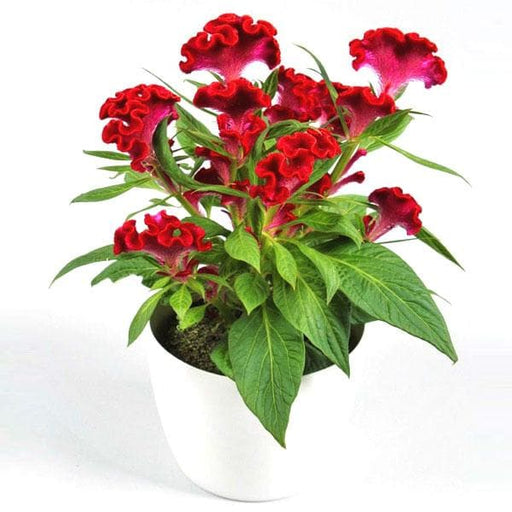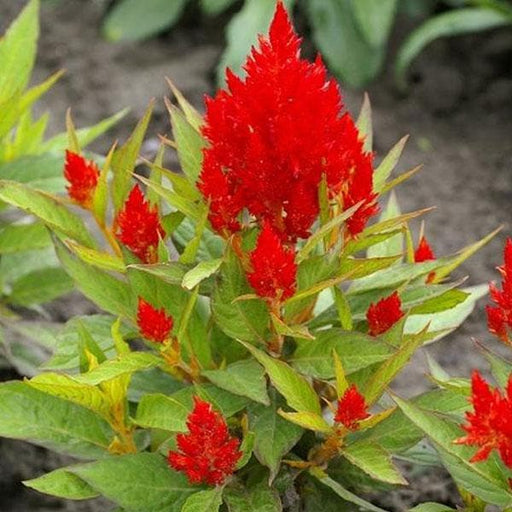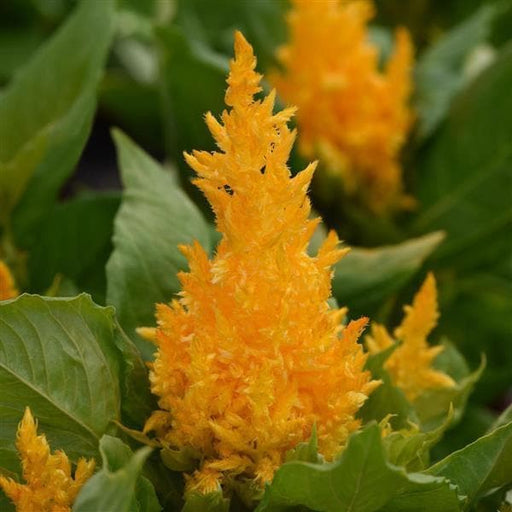Celosia Care
Celosia plants are easy to care for and can thrive in various growing conditions. This article will guide you on how to care for your Celosia plant, including watering, fertilizing, and pruning tips.
Celosia Flowers
Celosia plants produce stunning flowers in a range of colors, from red to orange, pink, and yellow. This article will delve into the anatomy of the Celosia flower and the symbolism behind its colors.
Celosia Varieties
There are over 60 Celosia species, each with unique characteristics. This article will introduce you to some of the most popular Celosia varieties, including the cockscomb Celosia, plumosa Celosia, and spicata Celosia.
Celosia Potting
Choosing the right pot and soil for your Celosia plant is crucial to its growth and health. This article will provide tips on how to pot your Celosia plant, including selecting the right pot size, soil type, and drainage.
Celosia Light Requirements
Celosia plants prefer full sun to partial shade. This article will discuss the light requirements of Celosia plants and how to ensure they get the right amount of light.
Celosia Watering
Overwatering and underwatering are common mistakes in Celosia care. This article will teach you how to water your Celosia plant properly, including how often to water and how to tell when your plant needs water.
Celosia Fertilizer
Fertilizing your Celosia plant is essential for promoting growth and flowering. This article will cover the different types of fertilizer you can use for Celosia plants and how to apply them.
Celosia Propagation
Propagating Celosia plants can be done through division, cuttings, or seeds. This article will guide you through each method and provide tips on how to propagate your Celosia plant successfully.
Celosia Diseases
Celosia plants can be susceptible to various diseases, including powdery mildew and stem rot. This article will discuss the common diseases that affect Celosia plants and how to prevent and treat them.
Celosia Pests
Pests like aphids and spider mites can infest Celosia plants and cause damage. This article will introduce you to the common pests that affect Celosia plants and how to control and prevent them.
Celosia Soil Requirements
Celosia plants prefer well-draining soil that is rich in organic matter. This article will cover the ideal soil requirements for Celosia plants and how to prepare the soil for planting.
Celosia Leaves
Celosia leaves come in different shapes and sizes, from narrow to broad, and can provide clues to the plant's health. This article will discuss the different types of Celosia leaves and what they indicate about the plant's condition.
Celosia Roots
Healthy roots are essential for the growth and survival of Celosia plants. This article will cover the anatomy of Celosia roots and how to ensure they stay healthy and strong.
Celosia Temperature Requirements
Celosia plants prefer warm temperatures and can be damaged by frost. This article will discuss the ideal temperature range for Celosia plants and how to protect them from extreme temperatures.
Celosia Humidity Requirements
Celosia plants thrive in moderate to high humidity environments. This article will cover the ideal humidity requirements for Celosia plants and how to maintain a proper humidity level.
Celosia Blooming
Celosia plants are known for their vibrant blooms that can last for weeks or even months. This article will discuss the factors that influence Celosia blooming and how to encourage your plant to produce more flowers.
Celosia Toxicity
Celosia plants are non-toxic to humans and pets, making them safe to have around. This article will cover some of the health benefits of Celosia plants and how they can be used in natural medicine.
Celosia Decor
Celosia plants make excellent cut flowers and can add a touch of color and texture to any floral arrangement. This article will provide tips on how to incorporate Celosia plants into your home decor.
Celosia Gift
Celosia plants make thoughtful and long-lasting gifts for any occasion, from birthdays to anniversaries. This article will discuss the benefits of giving Celosia plants as gifts and how to care for them after gifting.
Celosia Art
Celosia plants have inspired many artists and designers, and their unique shapes and colors make them popular subjects for art and decor. This article will showcase some of the creative ways that Celosia plants have been incorporated into art and design.













































